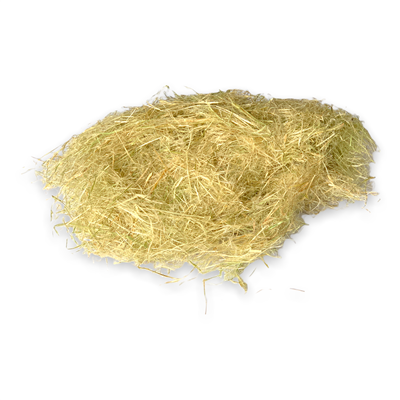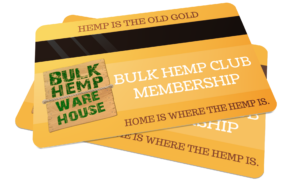Rated 4.9/5 by hundreds of happy customers loving our hemp goods.
USA Long Hemp Bast Fiber Per lb
SKU:
Get the NEW Long Hemp Fiber for your next project and start transforming the world – offered per pound!
$13.29
-
Usually ships within:
2-4 business days.





Bast Hemp Fiber is right from the stalk of the hemp plant.
It’s known as the bast or outer bark fiber of the hemp stalk.
It has not been processed or combed, but the fibers have been somewhat separated from one another and decorticator to separate the long fibers from the short hurd fiber.
The fiber lengths can be anywhere from 3 inches to 6 inches.
Used for making a variety of products such as paper, building materials, insulation, twine, stuffing, and rope.
It’s also used in composites such as bike frames, plastics, and other arts and design purposes.
Hemp Bast Fiber Specifications
Material: 100% Hemp
Type: Raw Long Hemp Fibers Uncombed
Origin: American Grown
Weight: Per Pound
Length: Average length is about 5 inches
Benefits of USA Long Hemp Bast Fiber
Hemp bast fiber is distinguished by its long lengths, which can range from several inches to several feet, making it ideal for various applications. The primary characteristics of hemp bast fiber include:
-
Strength and Durability: Hemp fibers are among the strongest of all plant fibers, making them suitable for textiles, ropes, and other materials that require resilience.
-
Biodegradability: Being a natural fiber, hemp bast fiber is biodegradable, making it an environmentally friendly alternative to synthetic fibers.
-
Moisture Absorption and Breathability: Hemp fibers can absorb moisture while remaining breathable, which contributes to comfort in textile applications.
-
UV Resistance: Hemp fibers possess natural UV resistance, which makes them less susceptible to sun damage compared to other fibers.
-
Versatility: Hemp bast fiber can be used in a variety of products, from clothing and home textiles to industrial materials like biocomposites and insulation.
Long Hemp Bast Fiber Uses
Hemp bast fiber has a wide range of uses due to its strength, durability, and sustainability. Here are some of the top applications:
- Rope and Twine: Hemp fibers have been traditionally used to create strong ropes and twine, which are utilized in agriculture, fishing, and general utility applications.
-
Paper Products: Hemp bast fiber can be used to produce paper, which is stronger and more durable than paper made from wood pulp. This includes specialty papers for printing, stationery, and packaging.
-
Bio-composites: Hemp fibers can be combined with plastics to create bio-composite materials used in automotive parts, construction materials, and furniture. These composites can reduce the reliance on petroleum-based plastics.
-
Insulation: Hemp bast fibers can be processed into insulation materials for homes and buildings, providing thermal and sound insulation while being eco-friendly.
-
Biodegradable Plastics: Research is being done into hemp fibers for use in biodegradable plastics, providing a more sustainable alternative to traditional plastic materials.
-
Home and Garden Products: Hemp fibers are used in products such as mulch mats, plant pots, and garden ropes, as they are biodegradable and contribute to sustainable gardening practices.
-
Industrial Applications: The strength of hemp fibers makes them suitable for various industrial applications, including as reinforcement in construction materials, automotive components, and more.
-
Health and Personal Care Products: Some personal care items like towels and bedding made from hemp fiber are marketed for their hypoallergenic properties, as they are less likely to cause irritation.
-
Crafting and DIY: Hemp bast fiber is popular among crafters for making jewelry, bags, and other handmade goods, due to its unique texture and strength.
Hemp bast fiber’s versatility and environmental benefits have led to a resurgence in interest and usage across various industries.
Spread the love. Share this page:
Click get a quote and we will get back to you within 1-2 business days with a response. Usually sooner though.


